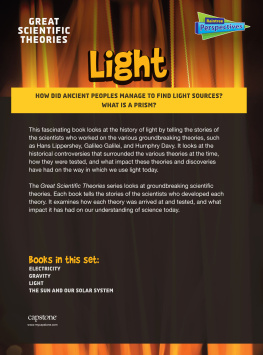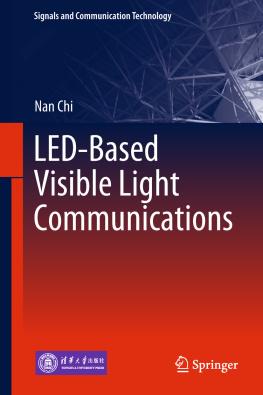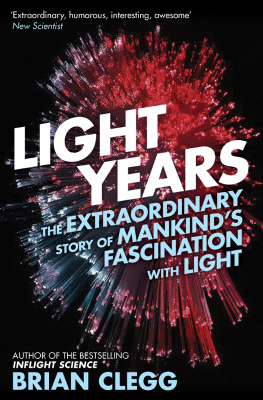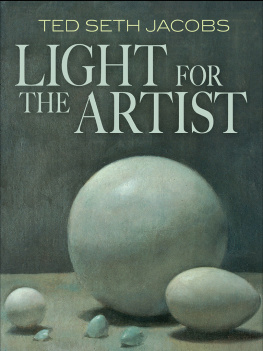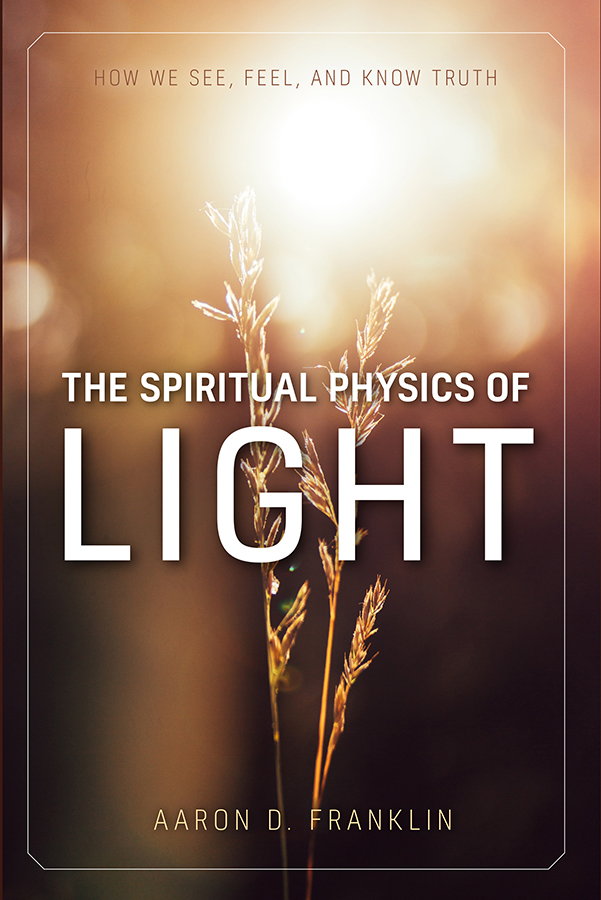For as long as I can remember, I have wanted to be an electrical engineer. My interest began early on when individuals from Motorola visited my elementary school and, while dressed in garb that looked like space suits, talked about how they made electronics. It sounded exciting and impressive, and I wanted to be a part of something like that. My interest deepened as I grew more fascinated by the invisible force of electricity and all it can accomplish.
As I continued through school, my fascination grew beyond electricity, and I developed a passion for exploring materials and forces in the universe that cannot be fully understood with just our physical senses. For instance, I knew when I flipped a switch, electricity would flow through a wire and cause something electronic to be poweredbut how? I knew the opposite poles of magnets presented a substantial attractive forcebut why? I knew that something made it possible for a radio to pick up a music station broadcast from many miles away and turn the invisible signal into soundbut what? These questions swirled in my mind throughout my youth.
Among all of these seemingly intangible forces, my interest in the nature of light deepened, specifically around 2001 while I was taking a college physics course and concurrently teaching an early morning seminary class. The course of study that year in seminary was Doctrine and Covenants, and the juxtaposition of investigating the physical properties of light in my physics course while pondering the doctrinal aspects of light found in Doctrine and Covenants 50, 88, and 93 became the perfect confluence. I found myself focusing a great deal of my gospel studies on the connection between what we know about light scientifically and the role that light plays spiritually.
In the years that followed, I further incorporated the doctrines of light into the lessons I taught at Church, the talks I gave, and my personal study. I often found myself longing for further commentary from gospel scholars on the topic of light and its spiritual implications. At one point, while expressing these feelings to my wife, she said, Well, it sounds like youre going to need to write that book yourself! That was more than eight years ago. The encouragement from my wife was great in principle but not exactly simple to execute amid the steady onslaught of a busy life with a young family, Church responsibilities, and a demanding job. Besides, it was admittedly difficult for me to conclude that I was the best person to take on such a task.
At length, with the encouragement of other close friends, I decided to start collecting and organizing years of accumulated notes to see how they might all come together if I were to write a book. Around this time, I made a phone call to one of the people in my life whom I always turn to for advice and counsel: my mission president, Richard Jones. I asked President Jones whether he thought a book focused on the connections between the physical and spiritual aspects of light would be interesting and whether he would be willing to give me feedback on a draft should I get it all put together. His enthusiastic Yes! was the final gust of wind I needed to sail on toward completing this book.
President Jones shared with me that a family friend of his, a tremendous gospel scholar who had produced a number of renowned works during his fruitful career, gave memorable advice near the end of his life. When asked what he considered to be his most significant gospel study, this prolific scholar answered that the most important study is the one he never did. He explained that were he able to live his life over again, he would abandon many of the topics for which he had become a leading scholar and dedicate his life to the study and understanding of light . After sharing this with me, President Jones said he couldnt pass up the chance to read whatever I put together on the topic. To be honest, I so respect and love him that if this book is destined to have a lifetime readership of only a handful of people and one of them is him, then it will have all been worth it.
To the reader who may have far greater experience studying light than myself, I hope you will forgive the absence of any vital information or considerations. What is intended herein is most certainly not comprehensive, nor is it meant to be academically exhaustive. The purpose of this book is to provide spiritual edification. Much of what is presented is my own personal perspective or interpretation by which I make connections between the spiritual aspects of light and scientific data that is measurable by the temporal world. However, the instrument most important for measurement during study of the content herein is the Spirit. In my experience, the Holy Ghost can speak to spirits that are truly interested in edification through the study of light.
For those who have happened upon this book out of curiosity, perhaps with some trepidation or timidity owing to the title and scientific content, please know that the intended readership is definitely not limited to those with a science or engineering degree! My goal is to provide some thought-provoking perspectives to us all on the spiritual significance of light. While I do include some core scientific aspects of light to provide depth to the discussion for interested persons, you can certainly dwell less on those aspects and focus on the scriptural discussions of light that may be of greater interest to you.
The intended audience of this book includes members of The Church of Jesus Christ of Latter-day Saints because the discussion and analysis of the spiritual aspects of light are founded upon Latter-day Saint scripture and doctrine. However, it would pain me to suggest that this book is of no interest or value to readers who do not share my faith. I certainly have been instructed and inspired by religious texts and individuals from many other faiths, since light is an important power among virtually all theological perspectives. In like manner, I hope the perspectives, principles, and testimony herein will be of value to readers less familiar with my core beliefs and will perhaps even inspire them to seek further information or understanding concerning them (I recommend starting with www.comeuntochrist.org).
If youve ventured this far into the preface and are still wonderingWhy a book on the spiritual physics of light?keep in mind that light has become an important part of virtually every aspect of the modern world. It not only keeps us warm and gives us vision but is also responsible for our communication technology, the internet, space travel, electrical power generation, and so on. Is the physical light we use in these applications actually related to the spiritual light of the gospel, such as the Light of Christ? Can we apply what we know scientifically about light to the doctrine of light in the gospel of Jesus Christ? These, and many similar questions, have worked on my mind for years and are at the very heart of this book. I do not suggest that all are answered definitively herein; rather, discussion and scriptural connections are provided to stir the minds of readers in hopes that they will continue their own study of this eternal power. I propose that all forms of light have spiritual significance and are influential on every persons soul; hence, a study of light that includes both physical and spiritual attributes is warranted. Whether or not you have beenor have yet to becomeinundated with the same depth of wonder regarding light as I have, I hope this book will provide an opportunity for you to see this power in an entirely newlight.



